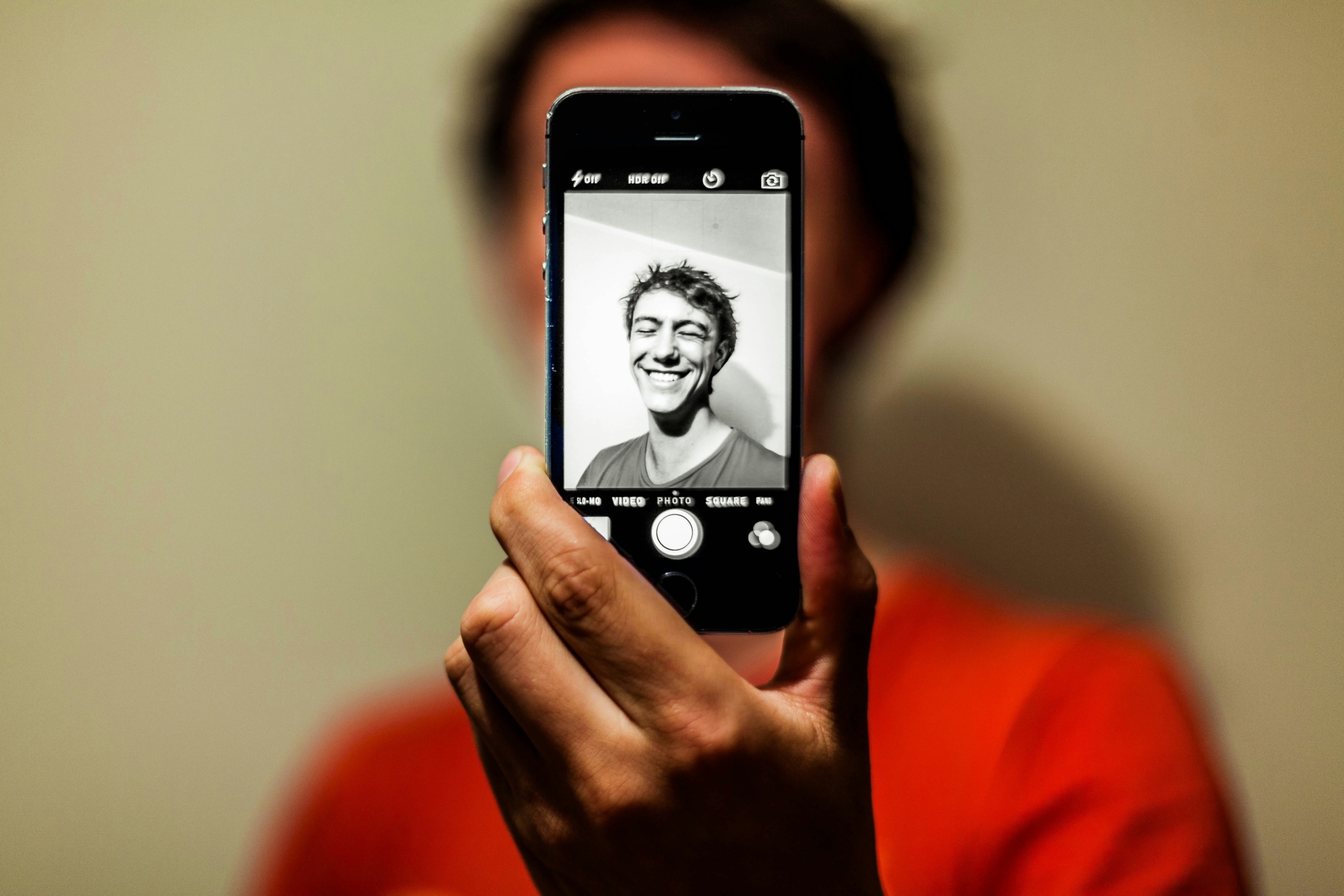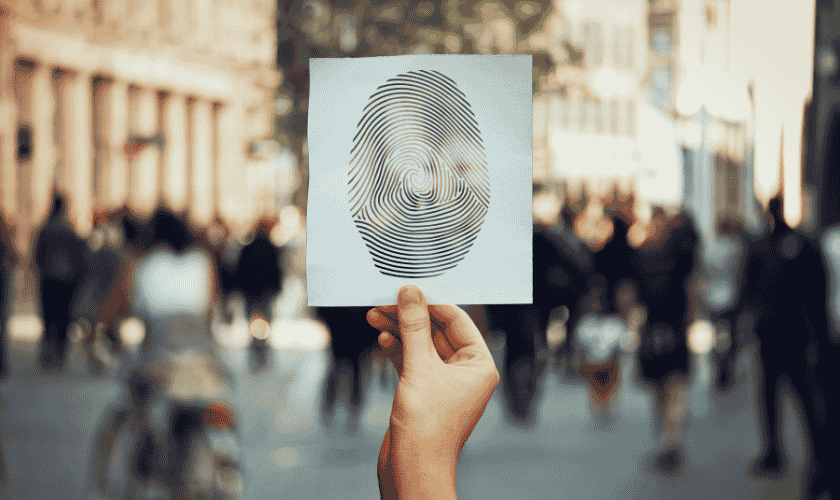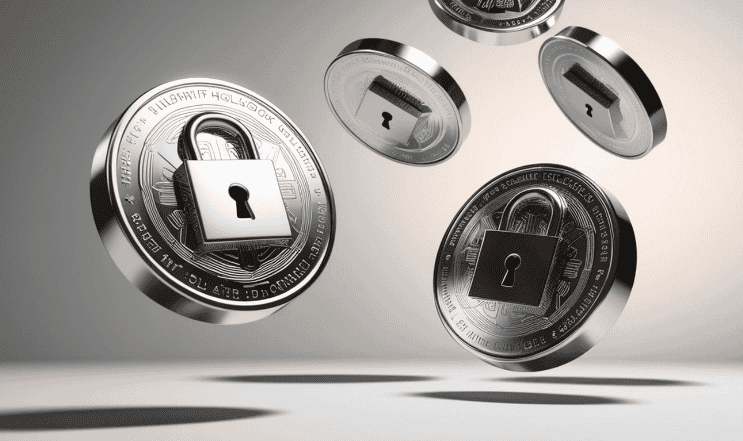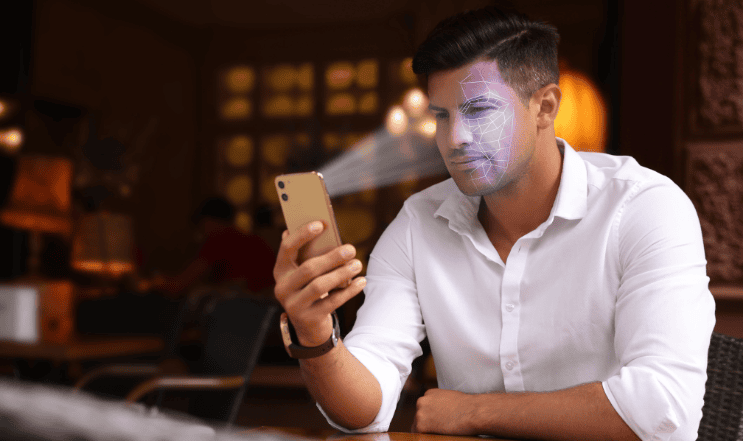
| 

Most of us are aware of the issues around identity theft. This sort of crime is often financial, with fraudsters stealing your personal information to allow them to take out loans or mobile phone contracts in your name. However, a recent study highlights a new trend and a surge in “selfie spoofing” scams. These involve fraudsters stealing your personal selfies to commit identity fraud. Using your biometric data or your facial features to open a phone or confirm your identity when applying for a passport or a new job is becoming increasingly more common. So if your image is stolen or “spoofed”, just how risky could that be for document verification?
What is Selfie Spoofing
According to recent industry research study, selfie spoofing scams have become increasingly common over the past year. Criminals use these stolen selfies to fraudulently open accounts in the victim’s name. Selfie spoofing involves criminals taking a photo of someone’s selfie, whether it’s on a computer screen, printed on paper, or an actual headshot from another document. The criminals can then use these stolen pictures to authenticate stolen identities and open fraudulent accounts.
Protecting Your Images and Selfies
The report highlights that the ease of getting access to photos on public social media profiles has made selfie spoofing scams even easier to carry out. Smart fraudsters can steal almost anyone’s picture from a Facebook or Instagram account, and then use it to try to bypass face verification systems. If facial biometric technology at a bank or other financial institution doesn’t recognise that it is being presented with a forged image rather than seeing the face of the actual customer, this can allow the fraudsters access to social media, bank accounts and more.
Protecting Yourself from Selfie Spoofing
The report reveals that people in the over 50s age group are the most common targets of selfie spoofing scams. This may be due to a lack technological proficiency, but also because the way social media is used differs between age groups. In 2023, selfie spoofing scams accounted for 20% of identification document fraud. In coming years, the figure is set to rise. Banks and other financial companies are working to develop software which can easily detect the difference between a live face, and a spoofed image. In the meantime, think carefully about the sorts of images you are posting online. Review the privacy settings on your social media accounts to make sure only your real friends and contacts are seeing your posts.
Identity Document Theft
The most common document fraud technique involves “document image-of-image,” where fraudsters use a photograph or screenshot of a victim’s ID. Never upload images of key identity documents such as driving licence or passport details page to a website unless you completely trust the company you are dealing with. Never put pictures of key identity documents on social media. One of the best ways of keeping on top of identity theft is to get into the habit of checking your credit report. This helps to identify any suspicious credit applications.


